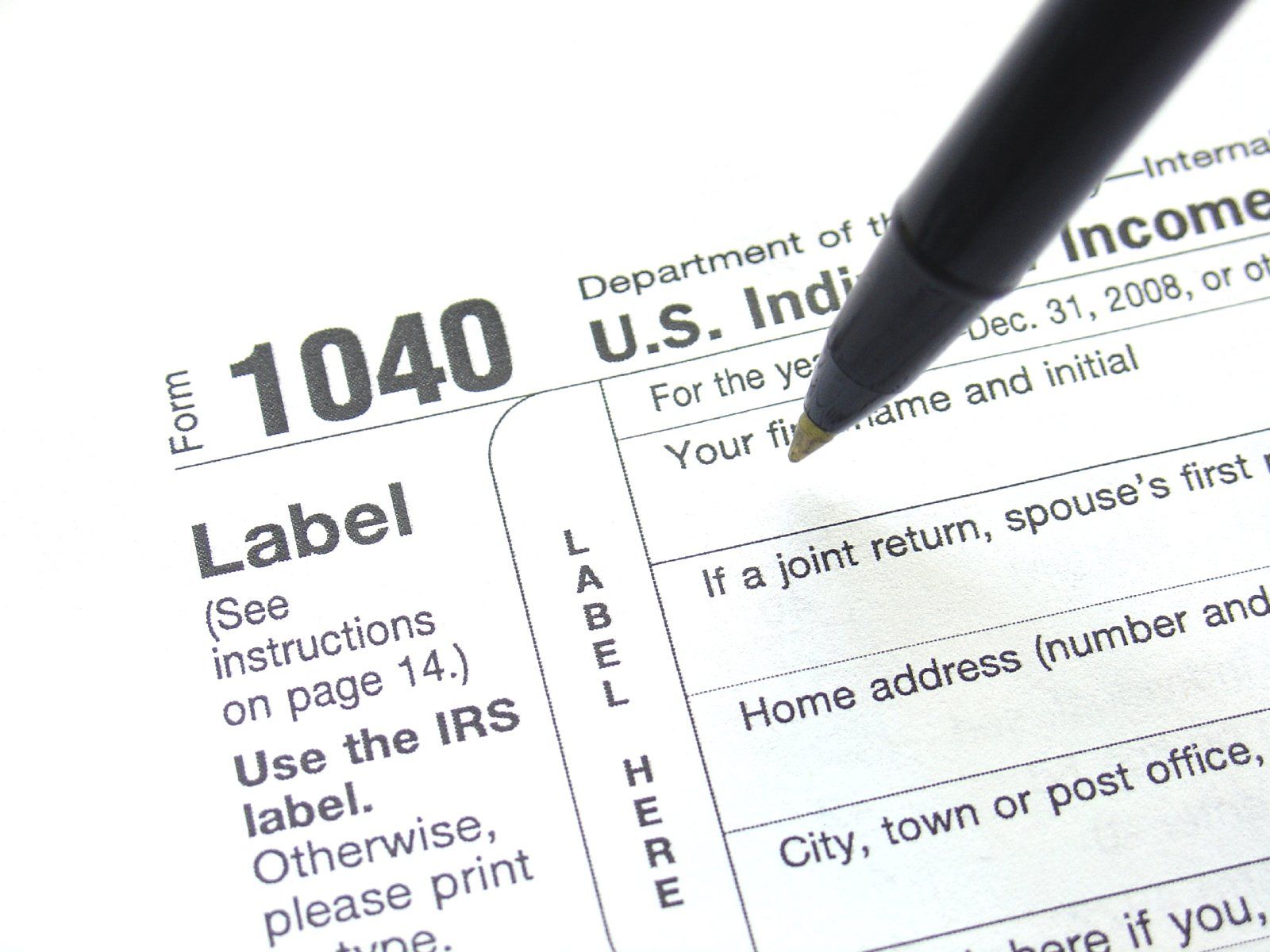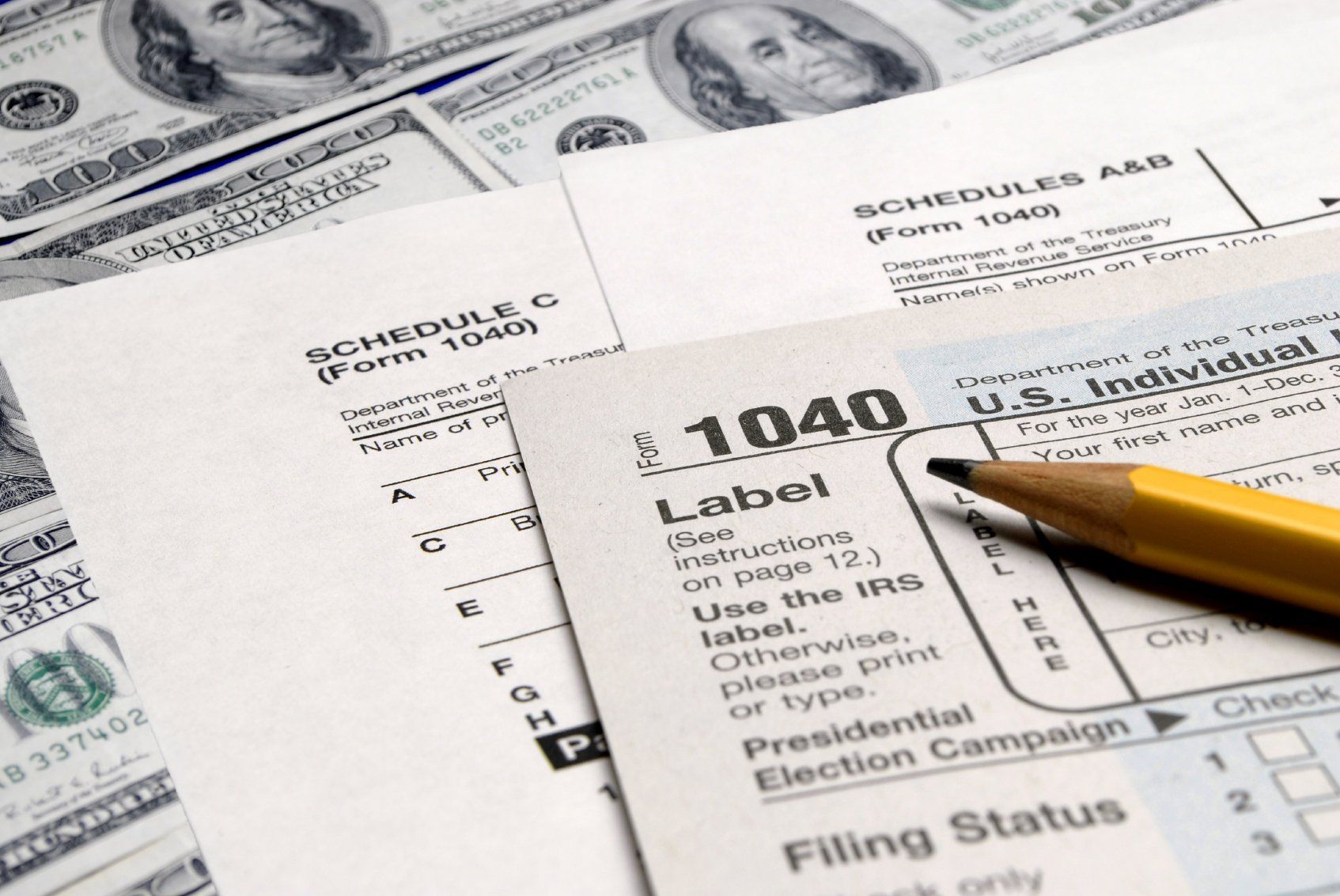How Much Will I owe In Self-Employment Taxes?
If there is a question that I have heard before this is it. How much will my self-employment taxes be? Why do I pay them? How do I calculate them? When do I pay them? How do I pay them?
Self-employment tax is both the employer and the employee parts of payroll taxes which go towards Social Security and Medicare. The tax rate is 15.3%. Social Security has a wage limit of how much can be taxed however the 2.9% that goes towards Medicare doesn't have a wage cap. If you have a high income than you may be paying an additional 0.9%.
Lets break it down even more. You would normally pay 6.2% towards Social Security from your paycheck if you were an employee. Your employer would normally pay 6.2% also towards Social Security. This is their portion of payroll taxes. The same applies to Medicare, you pay 1.45% and your employer pays their portion of 1.45%. So when your self-employed you have to cover both these portions, hence 15.3%.
Self-employment taxes exist so that the Federal government can still collect taxes on self-employed individuals just like employed individuals who work for an employer. Almost everyone pays taxes and that's the bottom line.
So how much do you owe? If you had net earnings of $400 or more then you pay SE tax. Just remember that self-employment taxes (SE tax) are based on your
net earnings . So your income minus your expenses minus the would be employer share of these taxes. The would be employer portion is 7.65% because half of 15.3 well is 7.65. This means you pay self employment taxes on 92.35% of your net earnings. So if you make $30,000 in net earnings multiplied by 92.35%, then you would pay taxes on $27,705. However, you get a deduction of one-half of self-employment tax so multiply your self employment tax amount by 50%. This what you call an above the line deduction.
Let's look at the calculations.
$30,000*92.35%=$27,705
$27,705*15.3%=$4,239
$4,239*50%=$2,119
So your SE tax liability for the year would be $2,119. If you estimate that you will owe more than $1,000 (this will include your SE tax and income tax) in tax liability in the year then you should be making quarterly estimated tax payments. These are due April 15, June 15, Sept 15 and Jan 15. If you do not make these estimated tax payments you could be subject to a penalty from the IRS.
You don’t have to pay estimated tax for the current year if you meet all three of the following conditions.
- You had no tax liability for the prior year
- You were a U.S. citizen or resident for the whole year
- Your prior tax year covered a 12-month period
Here is what the IRS states about making payments, "Using the Electronic Federal Tax Payment System (EFTPS) is the easiest way for individuals as well as businesses to pay federal taxes. Make
ALL of your federal tax payments including federal tax deposits (FTDs), installment agreement and estimated tax payments using
EFTPS . If it’s easier to pay your estimated taxes weekly, bi-weekly, monthly, etc. you can, as long as you’ve paid enough in by the end of the quarter. "
There may be more variations and additions to the above steps if you are a church employee, a farmer, or receive social security income. Look for Form 1040-ES instructions for more detailed information.
The question then becomes, "how do I lower my SE tax liability?" This answer is simple.
Take every deduction that you possibly can and talk to a tax professional about restructuring your business in a way that optimizes tax savings!









